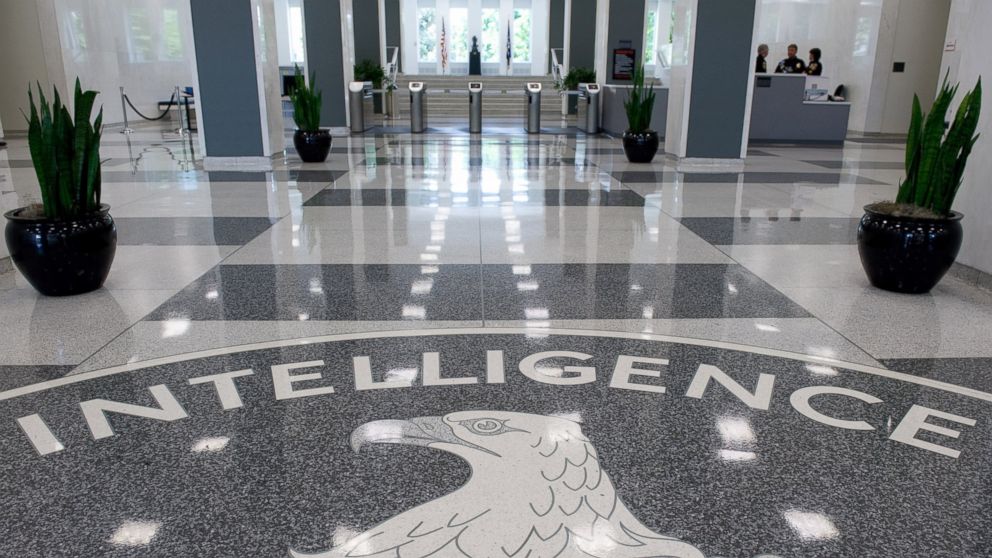Wikileaks Releases CIA Report on High Value Targeting
Value of Strikes Limited If Not Paired With Broader Counterinsurgency Strategy

— -- Wikileaks has released a CIA document from 2009 analyzing the positive and negative effects of strikes against high value targets.
The U.S. military has used high value targeting of insurgent leaders in Iraq and Afghanistan, and the CIA also uses drone strikes to target high value al Qaeda targets in Pakistan and Yemen.
The 18 page secret document is dated July 7, 2009 and is entitled “Best Practices in Counterinsurgency: Making High Value Targeting Operations an Effective Counterinsurgency Tool”.
The anti-secrecy Wikileaks posted the report on its website Thursday. A press release accompanying the release said the report was compiled by the CIA’s Office of Transnational Issues and “weighs the pros and cons of killing “insurgent” leaders in assassination plots."
A CIA spokesperson declined to comment on Wikileak’s posting of the report and its contents.
High Value Targets is the term used to describe senior leaders in insurgent organizations. They can be targeted in airstrikes or operations where they are captured for their intelligence value.
The report is a historical analysis that found both positive and negative effects from high value targeting. One key finding from the review “suggests that HVT operations can play a useful role when they are part of a broader counterinsurgency strategy.” More to the point the report said the targeting is most effective when a country decides on a strategic outcome before beginning the HVT track and also integrate into other military and civilian counterinsurgency operations.
However, the targeting can also have significant negative impacts it could lead to more local support for the insurgent and it could also lead to more radical groups filling the power vacuum created when other insurgent leaders are killed.
The report includes brief reviews of successful and unsuccessful HVT efforts in other countries and how it fit into their counterinsurgency strategies. For example, descriptions of the British fight against the IRA in Northern Ireland and the Colombian government against FARC rebels.
In addition to using open source reporting to recount the experiences to tackle insurgencies, the CIA also interviewed U.S. officials running HVT programs in Iraq and Afghanistan.
In Afghanistan the report that high value targeting had a limited effect against the Taliban because of the logistical inability to integrate it into a broader counterinsurgency campaign by the U.S. military and Afghan Government. Moreover, the Taliban had “good succession planning and bench strength, especially at the middle levels” said the report.
A few months after the report was written President Obama would approve a troop surge and counterinsurgency strategy for Afghanistan that would see U.S. troop levels rise to 100,000.
In Iraq, the report says that early targeting against leaders of al Qaeda in Iraq “did little to slow AQI’s momentum”. But that began to change in 2007 as the HVT operations were complemented by “broader Coalition and Iraqi Sunni actions against AQI” that cut the terror group off from its support base and have contributed to its decline since that time.”
Years later that group would push into Syria where it would re-emerge as ISIS, the Islamic State in Iraq and al Sham, which has taken over territory in both Syria and Iraq.
Clandestine reports also indicated that “the Iraqi Government has chosen not to target Muqtada al-Sadr and many of his top aides because of political sensitivities.” The CIA report said “capture or refraining from lethal operations may be warranted if the government’s goal is to integrate an insurgent group into the political process."




